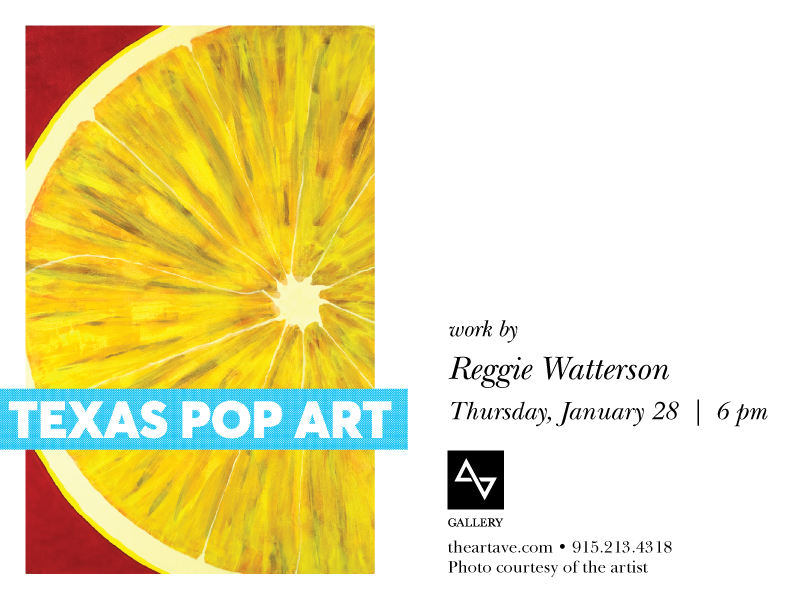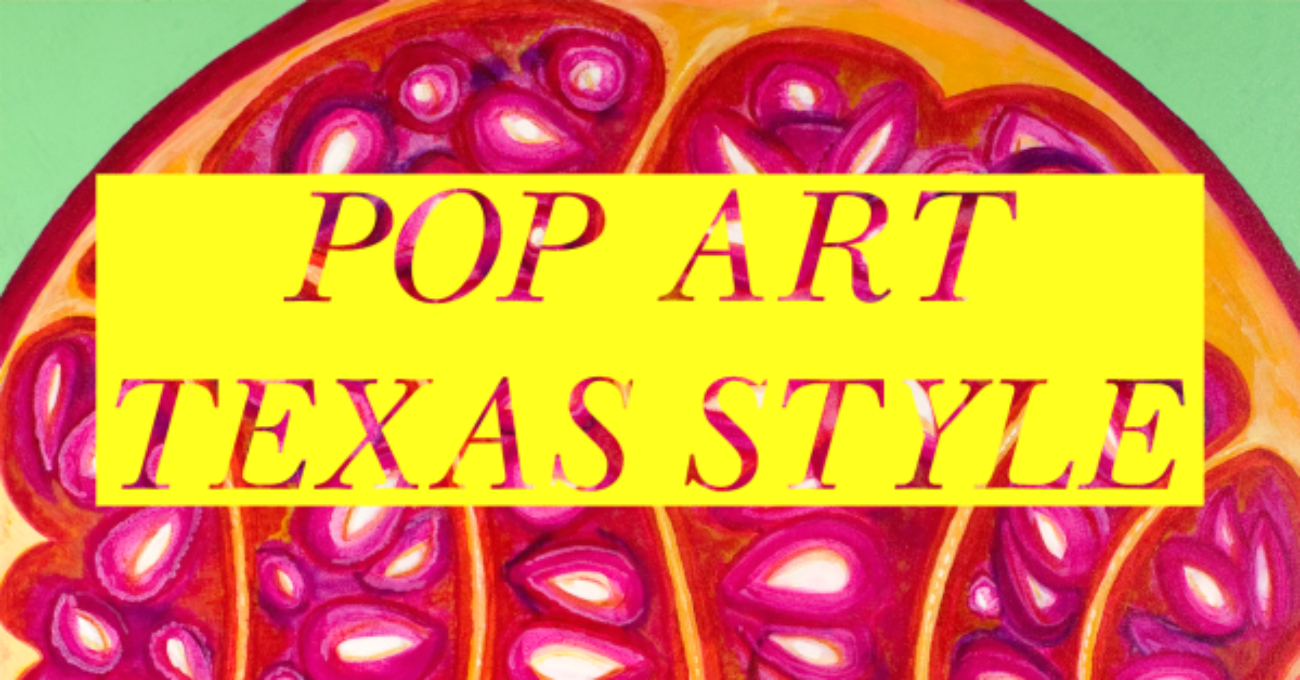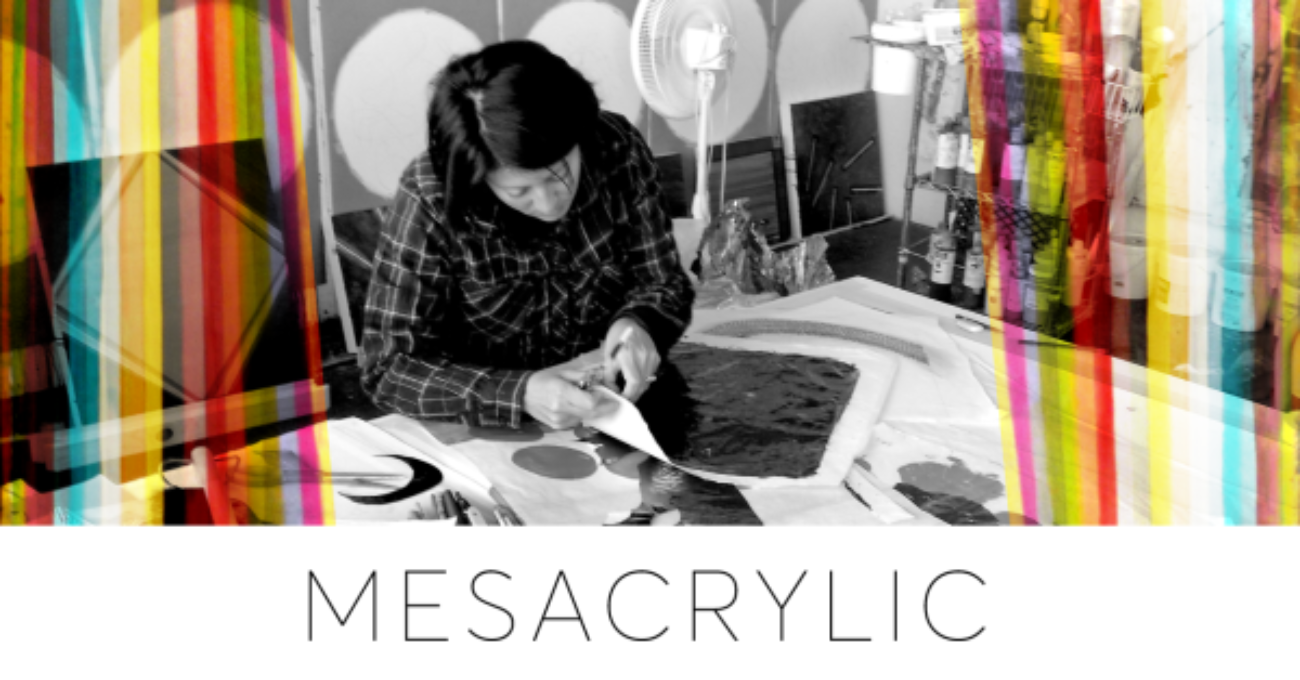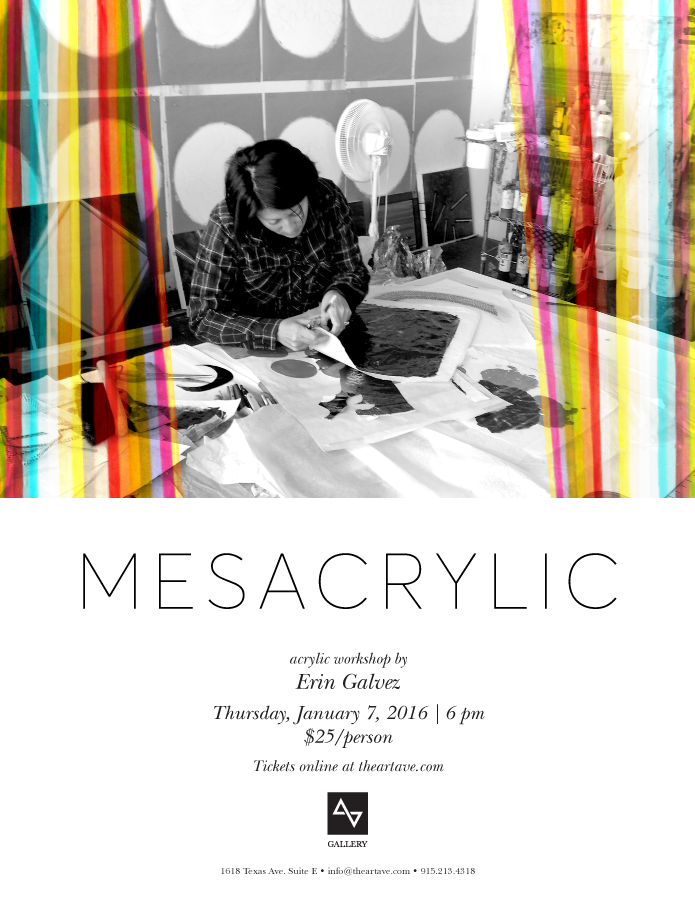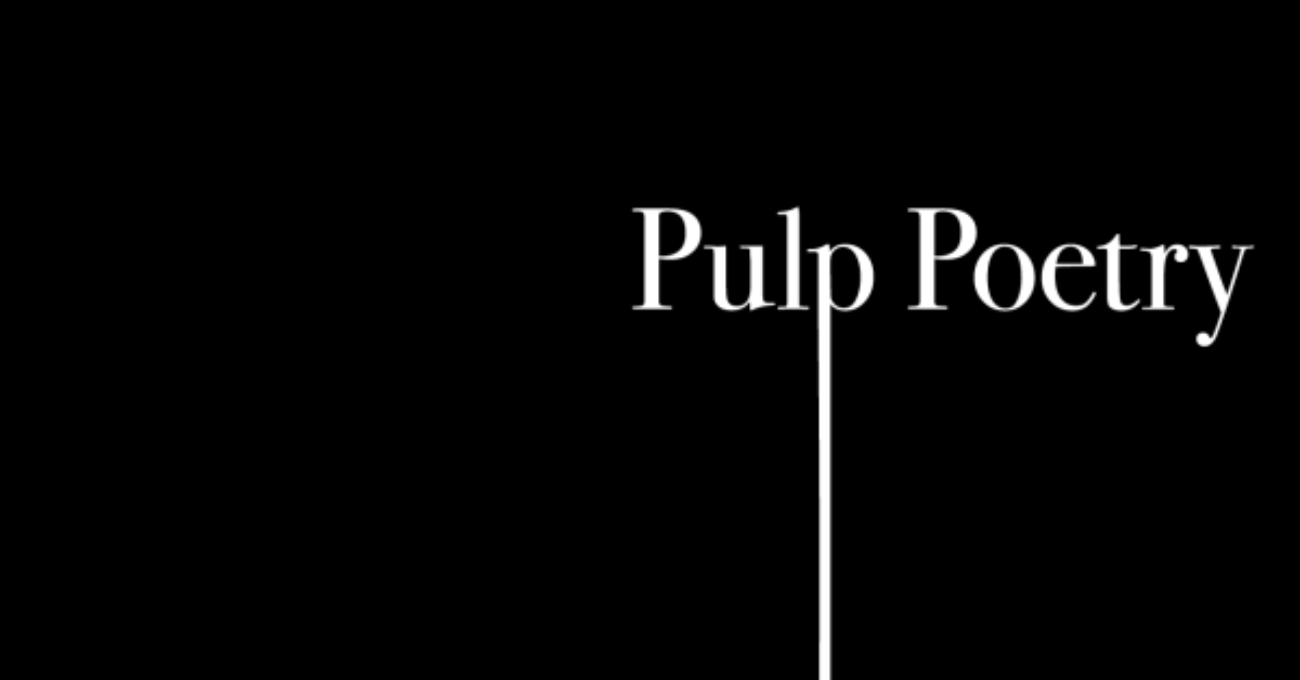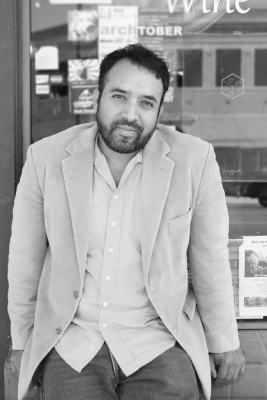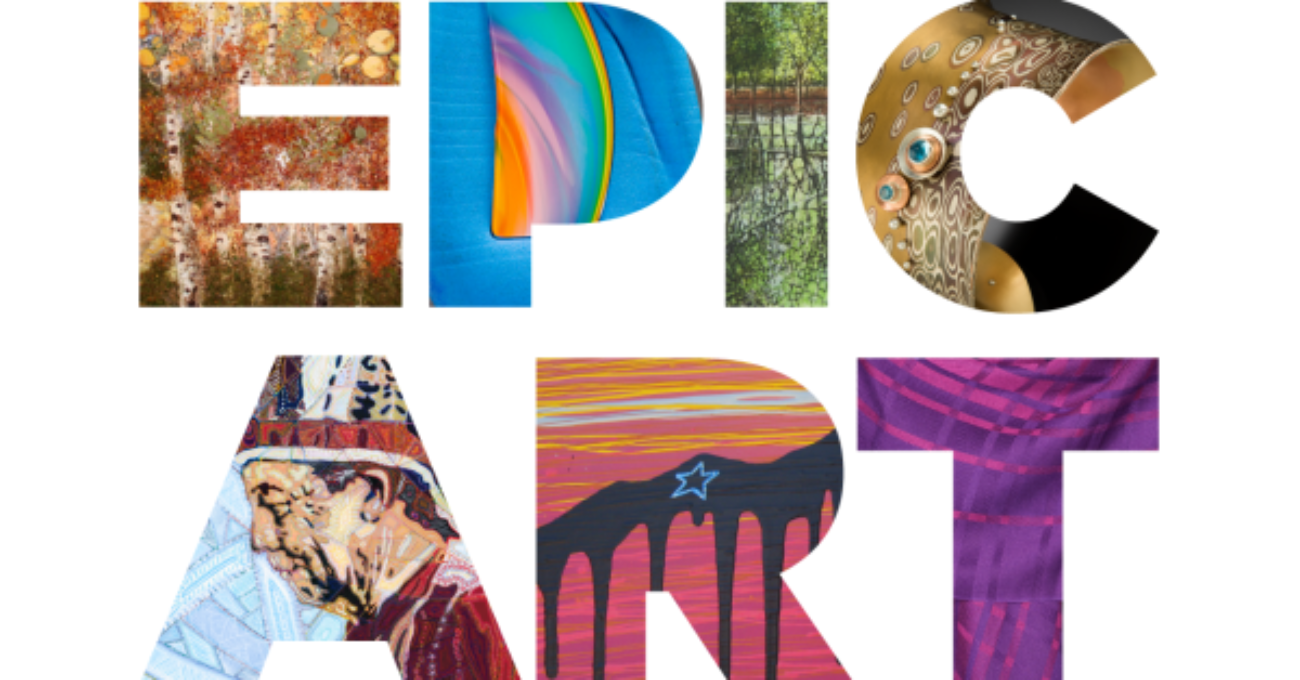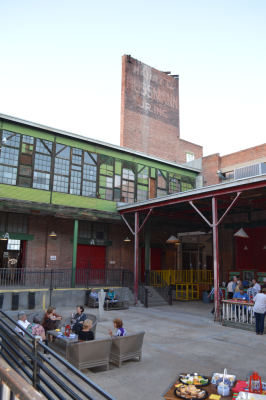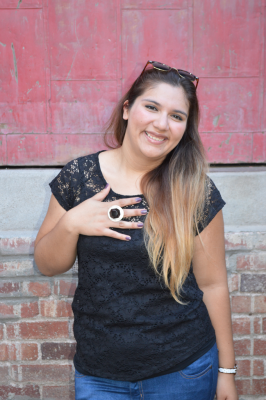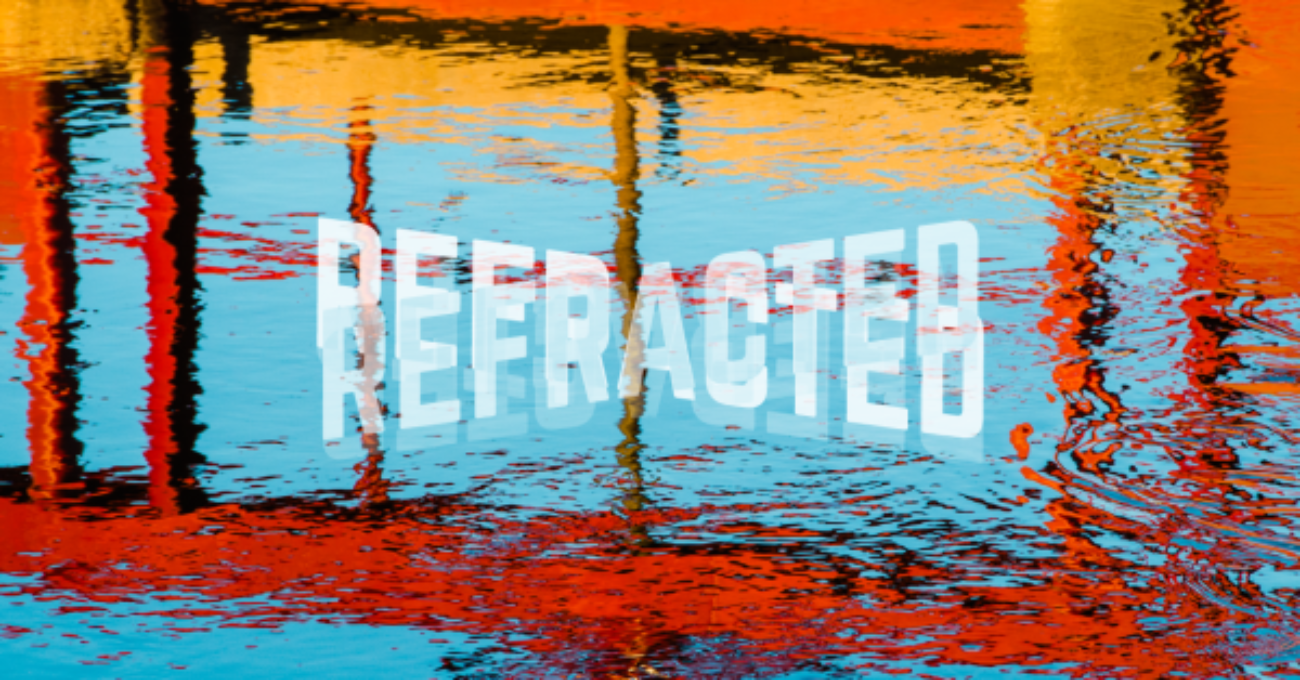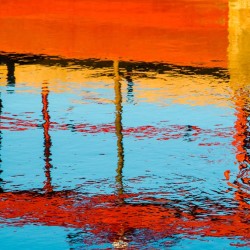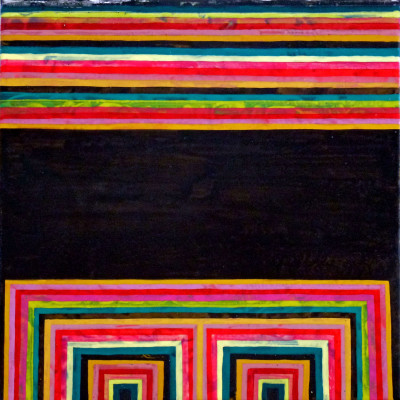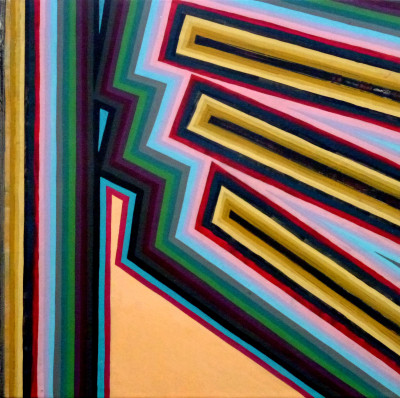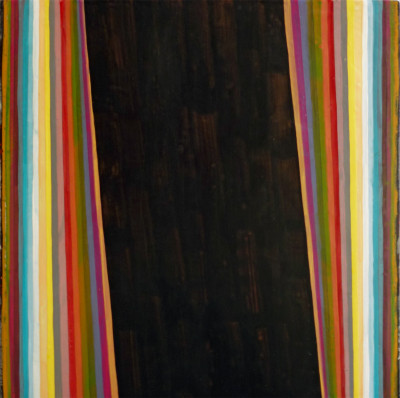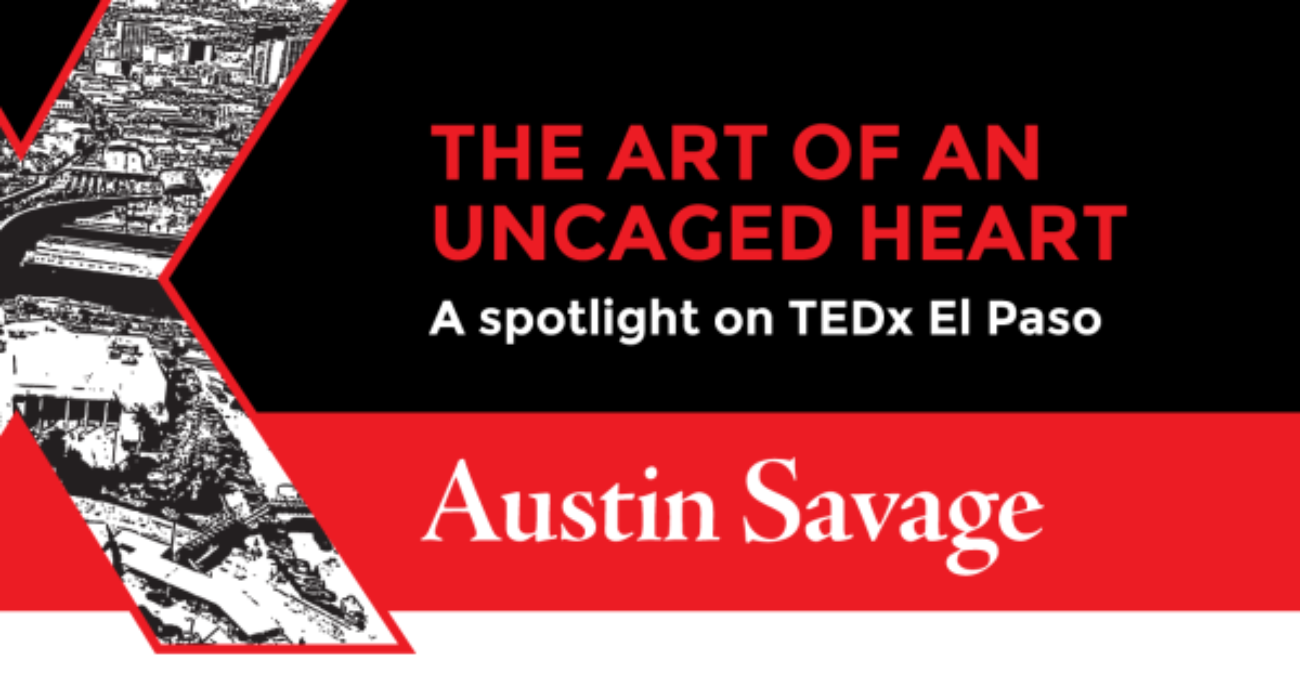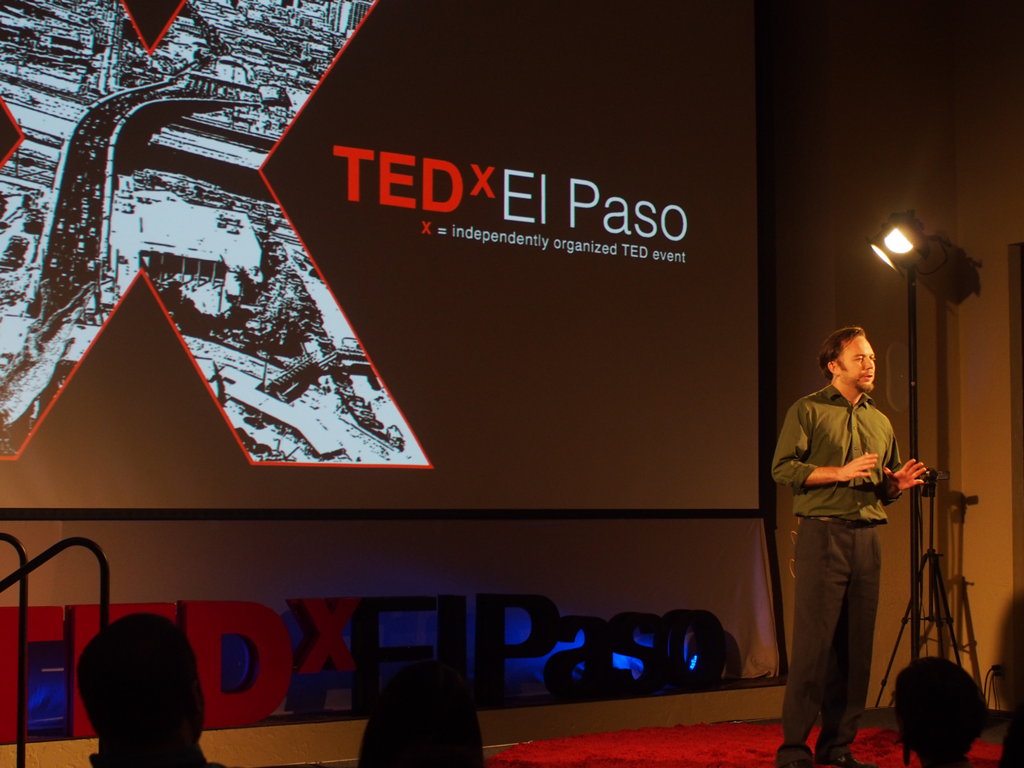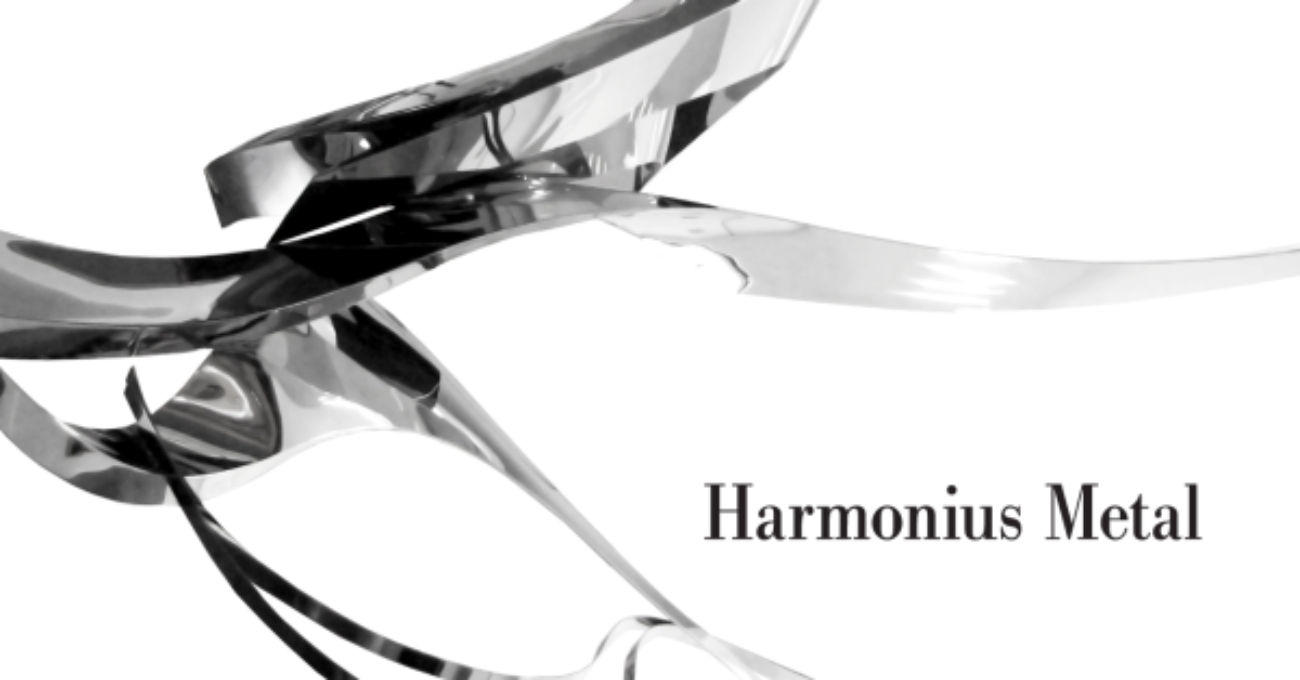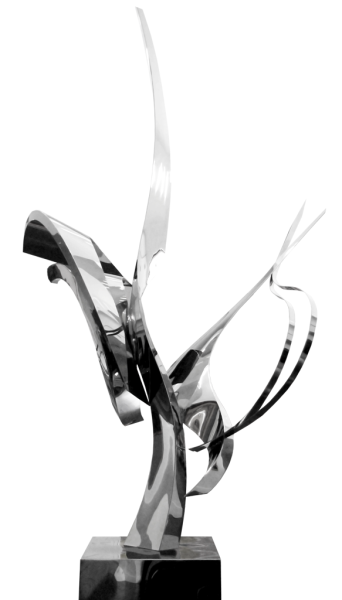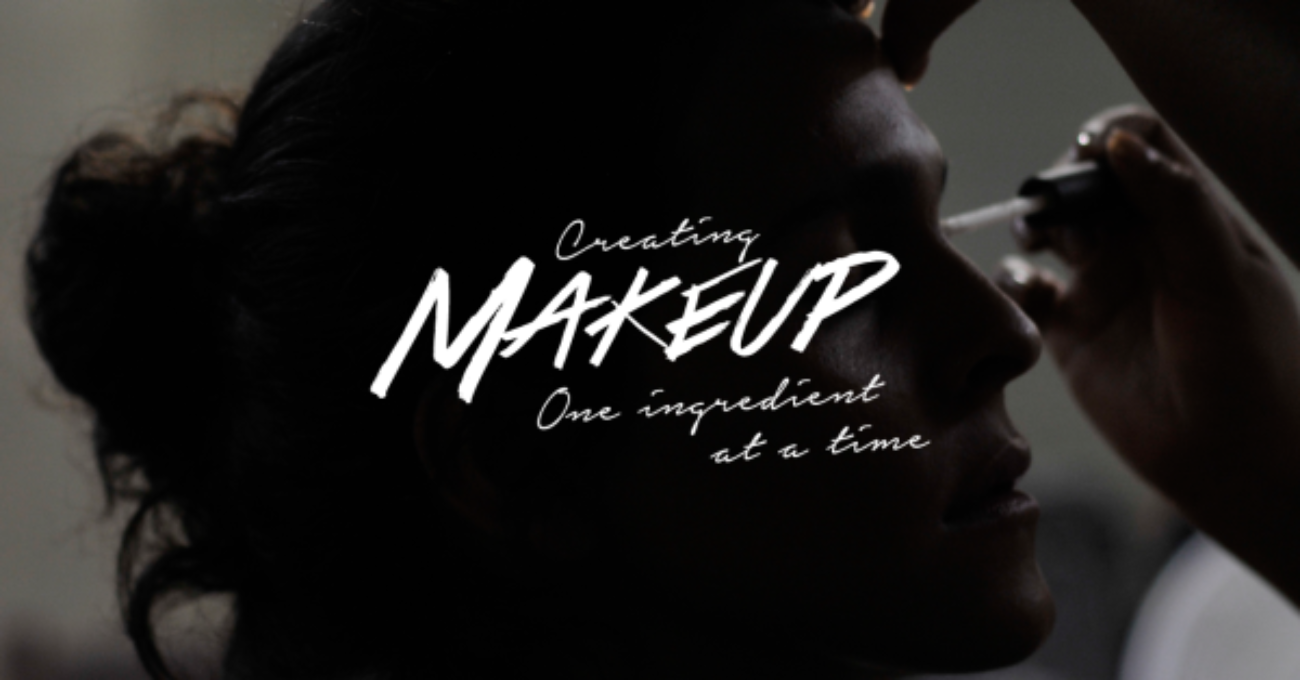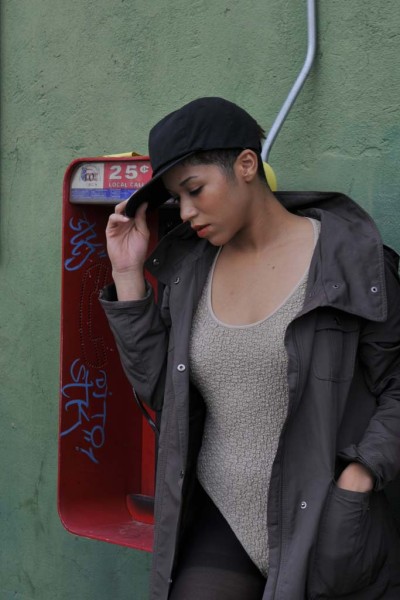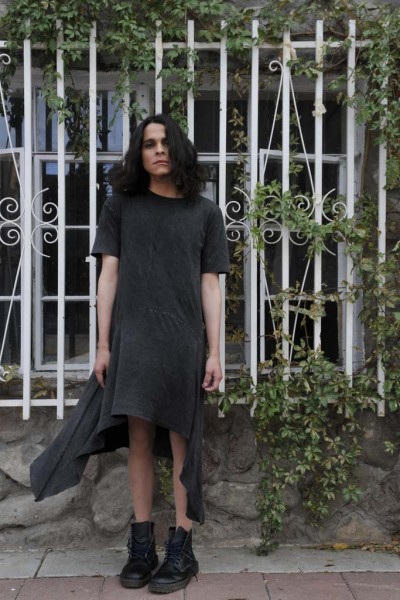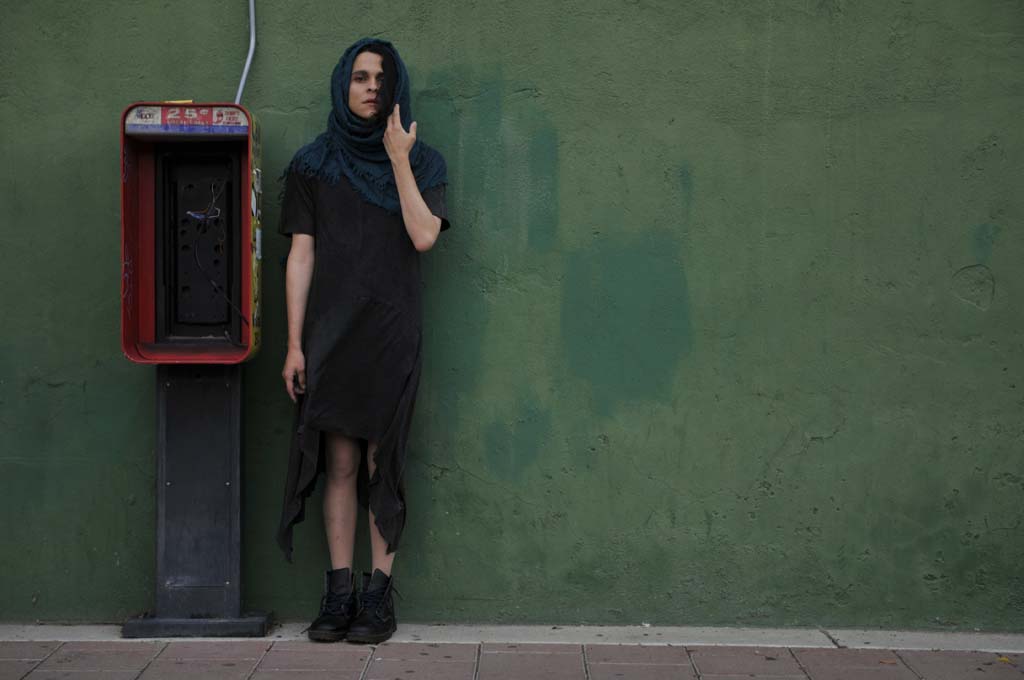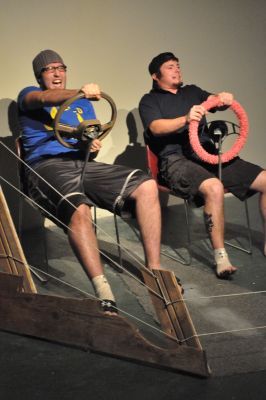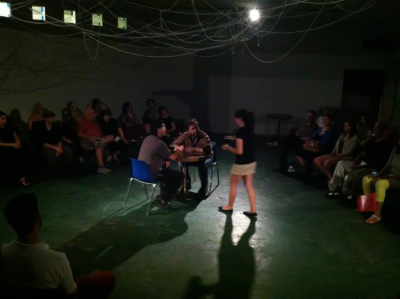Pop Art Texas Style
“I cut a piece of fruit in half and I blow it up as big as Texas,” said local artist Reggie Watterson. With over 50 years in visual arts, Watterson has Pop Art down to well, an art. While attending Florida State University where he received his bachelor’s in Art (with a major in Painting and minoring in Art History), he was struck by his love of Pop Art and decided he wanted to explore the exaggerated opportunities that fruit and vegetables could offer splashed across a canvas.
You weren’t on the track to obtain an art degree in Florida, so what happened?
It was sort of an accident that I took a drawing class, then a painting class at the community college and it just grew from there. Later I moved to New York and furthered my career by obtaining my MFA in Sculpture.
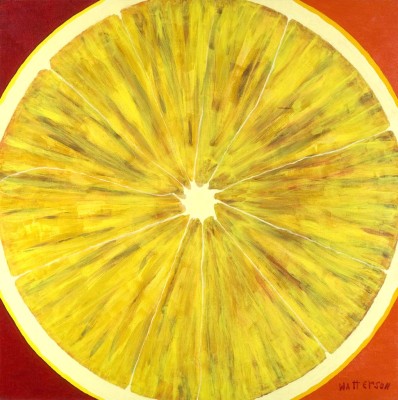
Your works are sizeable, some are up to 48” x 48”. With something so large do you have a workflow you typically follow?
I start out by cutting a piece of fruit in half, making a rough drawing directly on the wood panel, then I usually start adding color to get an idea of the amount of color to create a push and pull effect.
Your work is full of vibrant colors, is there something you are trying to convey?
I work in an intuitive way, trying to make a painting interesting with multilevel color combinations until I achieve a certain balance using the color in the fruit against the edges, which are from across the color wheel. I rely on my own color sense to hit the right combination of color depth and contrast.
Is there one fruit that is harder to transfer onto canvas?
The pomegranate took me months and months to paint because I couldn’t get it to sing to me. It took me more that six months. That’s the one where it kicks you around the block and then becomes your friend.
You mentioned that you lived in New York and Florida, what brought you to El Paso?
I was raised in a beach town in Florida and wanted to live in a warm and sunny place different than Florida. I had been to El Paso on business a couple of times and thought this might be a great place to retire and follow my dream. The people are so nice and welcoming here that it was an easy decision.
Why did fruit and veggies speak to you, as opposed to, say, the landscapes of the Southwest that inspire so many artists here?
I had started the Texas Pop Art series in the final years of my college career and never got the chance to follow that theme, as making a living sort of displaced the environment necessary to continue the effort.
With an MFA in Sculpture, do you pursue that field?
I have degrees in both painting and sculpture and usually stop one to investigate the other. Right now the big fruit paintings are all I do. I have another style of work that is smaller in scale but have put that exploration on hold while I follow this line of investigation.
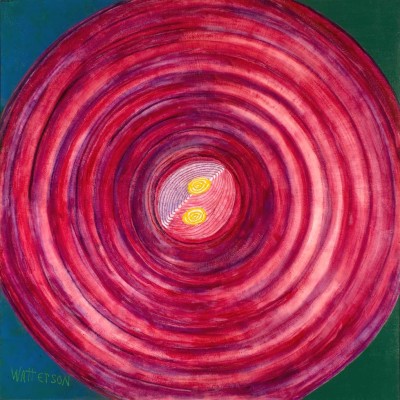
You have studio space at the Art Junction—is it important for an artist to work away from home?
It may not be important for every one but for me having a space where I can leave the stuff I am working on from day to day is important, as I seem to be able to pickup where I left off.
What makes a successful artist?
That is a good question, but hard to answer. I think creativity is baseline for an artist. If you can continue to paint or sculpt and feel a certain accomplishment in that endeavor, that may be the best we can do to become successful. Artists should be willing to make and show their work when possible, as art is both private first and public second.
Is it hard for local artists to showcase their works?
El Paso has limited art gallery space and that does make it difficult for local artists to exhibit their work in the proper venue.
If you could have one home in the world that has your work in it, whose house would it be?
There is not just one home that I would prefer; my reason for making the giclees of the original paintings is to allow many people to collect the work with which they connect.
What are your plans for 2016?
There are a few more pieces of fruit that I would like to paint this year, but I am getting new ideas that call to me as I work and thus I never know exactly what the next painting is going to get my attention.
